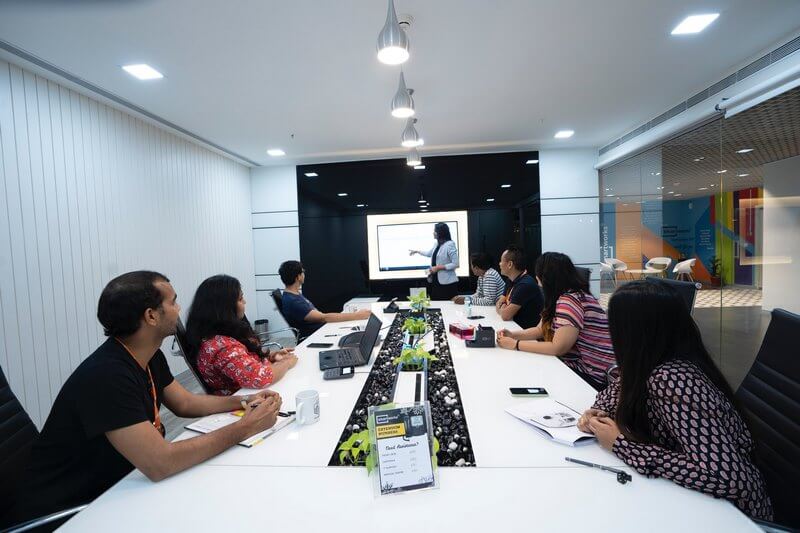
Business continuity and resilience
Read on if you wonder how Business Continuity Management (BCM) contributes to a resilience program. The value of business continuity is how it supports sustained operational activity and rapid recovery from interruptions. Following my blog, you know I come from a continuity background. Specifically, my area of focus is on business continuity and crisis management. However, over the past few years, I embraced a resilience mindset that combines aligning business continuity, crisis, risk, security, and safety to support business operations.
The concept is growing with the introduction of Operational Resilience as a regulatory obligation in the UK and elsewhere. I predicted this in an article I co-wrote with Andreas Bryant, called Business Continuity & Operational Resilience – Is It The Same. It’s also a theme in a webinar with my Resilience Think Tank (RTT) co-founders, Operational Resilience: The Relationship between Risk and Resilience. Shri Mahesh Kumar Jain, Deputy Governor, Reserve Bank of India, delivered an insightful speech on June 18, 2021, at the India International Centre, New Delhi, highlighting resilience convergence. His talk outlines the meaning of resilience, moral hazard, and the collective effort required to achieve it.

Resilience as a moral imperitive
One of the things that struck me in Mr. Jain’s talk was the assertion that rather than simply building robust financial systems, resilient ones can deal with any event that can occur. Key actions lie in identifying risks, impact tolerance, and gap analysis. Any business benefit from this approach and business continuity’s value is that BCM programs have already mapped the organization, conducted risk assessments, and identified capabilities. The next level is the Resilience Program Design to enable the agility Mr. Jain supports.
Another area stressed in the speech is the concept of moral hazard and the achievement of resilience through collective effort. It is not enough for the financial system, or other industries, to rely upon taxpayers or the government to bail them out of disasters. Instead, it is the obligation at all levels, including a business’s employees, to demonstrate adherence and support for a resilience framework. Generally, Business Continuity Management already supports these efforts by engaging a company at all levels to mitigate, respond, and recover from crises.

Business continuity in the mix
Business Resilience is unable to be realized without business continuity management. I like Paul Kirvan’s definition of Business Resilience as the ability of an organization to quickly adapt to disruptions while maintaining continuous business operations and safeguarding people, assets, and overall brand equity. Indeed, an essential aspect of resilience is business continuance. Continuity of operations is the bread and butter of BCM.
For any resilience initiative to be successful, it must include business continuity. As the Business Continuity Institute (BCI) says, a good BC plan recognizes potential threats to an organization and analyses what impact they may have on day-to-day operations. Extrapolated to the governance aspect of BCM, professionals aim for organizational resilience in alignment with applicable worldwide regulations. However, the realization of a framework does not exist in a vacuum. Today’s resilience framework includes calibration with risk management, disaster recovery, safety, security, incident management, and crisis management.

Business continuity at the forefront
An organization that elects not to leverage continuity misses an opportunity for maximum effectiveness. BCM practitioners labored away for years to safeguard their organizations. Although with more of a reactive bent, preparedness is always a vital component of the planning and exercising cycle. Instead, some vendors see business resumption or post-disaster recovery as separate from business continuance. But, this is short-sighted as implementing a business continuity management system (BCMS) indicates a holistic process (ISO 22301).
Finally, the inclusion of all players is essential for effective resilience outcomes. Yet, business continuity positions an organization to plug-in sustainability attributes and build into a service-level continuum. The financial risks safeguarded by OpsRes are only one dimension of organizational protection. Ideally, true resilience comes from understanding the operational, technological, workforce, and corporate risks. The power of BCM is that practitioners already collect critical data and maintain established relationships within the business.

Plussing resilience
Attributed to Walt Disney, the term plussing comes from his production meetings. Instead of shooting down ideas, every criticism had to come with “a plus,” a new idea or suggestion for strengthening the original. So, here is where business continuity’s value shines again. In BCM, we regularly work with business partners to analyze and adjust strategies. The continuity structure supports learning and working in collaborative environments. Here, practitioners are already adept at the 3As framework.
Designed for addressing climate change disasters, 3A proscribes Anticipatory Capacity, Absorptive Capacity, and Adaptive Capacity. I’ll discuss it more in a future blog, but this approach is helpful for resilience frameworks. It ascribes to proactively identifying and measuring emerging risk, agility to withstand even snow leopard events and adopting an operational attitude for ongoing improvement. Business Continuity Management already provides foundational elements to transform into or, at minimum, add to a business resilience structure. To gain competitive resilience, corporations must embrace this forward-leaning structure, and business continuity is vital to a sound governance framework.
